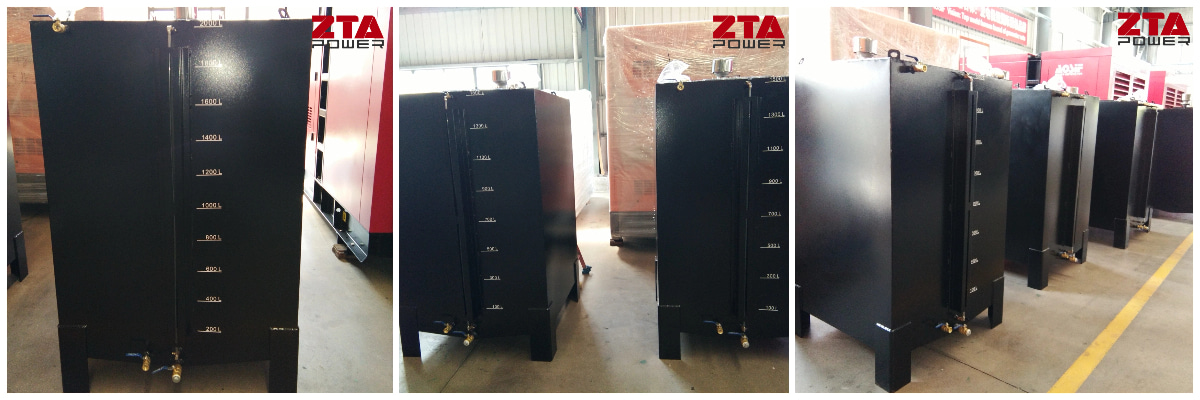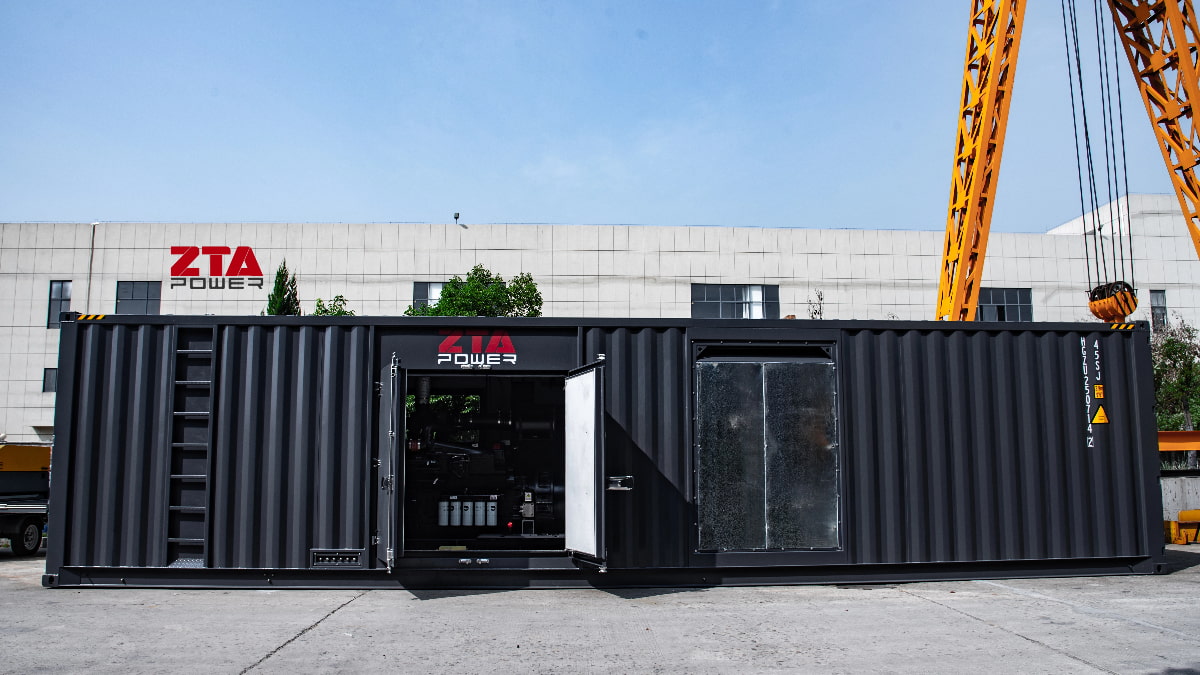Diesel Generator Base-Mounted Fuel Tank: Advantages, Disadvantages, and Usage Considerations
Diesel generator sets play a vital role in modern industry and as emergency backup power sources. Among their components, the design and selection of the fuel tank directly impact the generator's performance and lifespan. Today, we will focus on the characteristics and precautions related to base-mounted fuel tanks.
First, let's compare the advantages and disadvantages of base-mounted tanks and external tanks. External tanks are typically used with open-frame diesel generator sets. Their advantage is a simple, practical appearance; regardless of the environment, they are ready for use by simply adding diesel fuel. However, their disadvantage is that their appearance is not particularly attractive. In contrast, base-mounted tanks offer larger storage capacity and feature an integrated design with the generator set, commonly found in silent-type generator sets. The downside is that diesel fuel can settle over time within the tank. If not cleaned regularly, this sediment can potentially damage the generator set's fuel system.
Next, let's delve into several key aspects of base-mounted tanks in detail:
Capacity: The capacity of the base-mounted tank should be determined based on actual requirements. Generally, the tank capacity should be 8 to 10 times the generator's rated fuel consumption per hour. This ensures the generator can run continuously for 8 to 12 hours without needing a refill.

Material: The tank material should be made of oil-resistant, corrosion-resistant materials, such as stainless steel or oil-resistant rubber. This prevents diesel fuel from eroding the tank and prolongs its service life.
